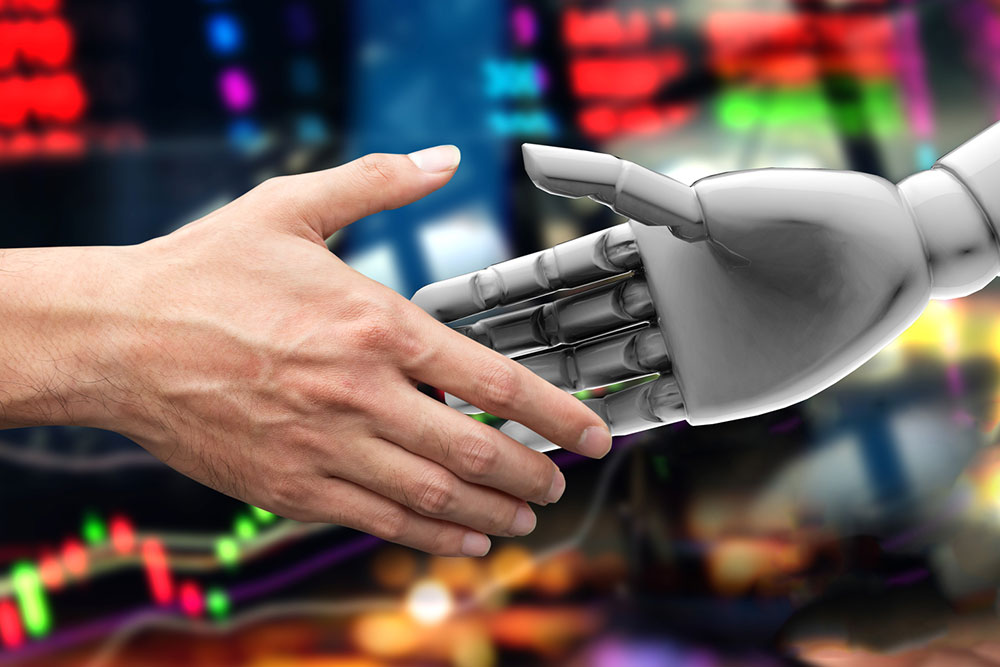
5 Ways AI Can Boost Productivity
AI has always been a valuable tool to support workplaces. In fact, it can be a helpful assistant for workers and company management. With the recent advancements in generative AI, it is even possible for AI to be involved in creative work. Today, there are numerous ways in which AI technology can boost productivity for both employees and employers. This article enlists five ways in which AI can boost productivity:
Automating business planning
Businesses are constantly evolving, and as a result, their targets, challenges, and limitations change over time. When planning for the future of a company, it is important to consider all these factors. AI-based tools can help streamline and improve the decision-making process by analyzing vast amounts of data to identify patterns and solutions. Companies can use these tools to automate the process of analyzing financial records, employee data, profit-loss data, and other documentation. This can assist in making important organizational decisions such as selecting suppliers, identifying employees for training and upskilling, and optimizing the use of raw materials.
Brainstorming ideas
Creative businesses such as marketing firms and ad agencies frequently brainstorm to come up with unique ideas for marketing campaigns for their clients. Generative AI today can come up with unique and original ideas that can then act as the trigger for brainstorming teams to delve deeper into and create successful campaigns. Often, getting the seed idea takes the maximum amount of time in such brainstorming sessions. With AI, that time is saved, and businesses can instead focus on building on a specific seed idea more efficiently.
Recording, transcribing, and summarizing meetings
Meetings, whether conducted online or offline, involve several individuals sharing their thoughts and ideas to help serve business clients in the best possible way. However, not everything that is being said is usually recorded, leading to some great ideas being lost. AI-powered meeting tools can overcome this problem by recording and maintaining files containing all the key points discussed during meetings. These tools can even filter out unnecessary details and provide a concise summary of the meeting, making it easier for attendees to revisit the essential points discussed.
Improving communication and collaboration tools
In today’s fast-paced business environment, communication is an important element that can make or break an organization’s success. AI-powered tools can facilitate collaboration among teams and employees at all levels of the organization. These tools can help in scheduling meetings by checking the availability of each employee, enabling communication between team members regardless of their location, breaking down silos within the organization, and providing other valuable benefits.
Using predictive analyses for decision-making
Predictive analytics tools have been developed to utilize AI’s data processing and pattern recognition capabilities to help predict the likelihood of future events. These tools can be very useful for decision-making, as they can help individuals and businesses make informed decisions about various scenarios that may arise in the future. For instance, businesses can use AI to continuously check the present and future financial viability of projects before deciding on dropping or continuing with them.
